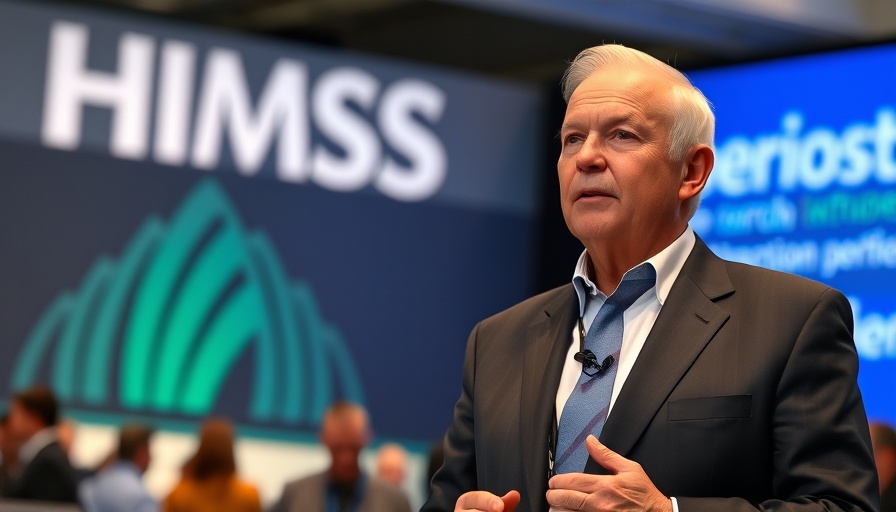
Prioritizing Cybersecurity in Healthcare
As the healthcare industry grapples with a tumultuous cybersecurity landscape, the 2025 HIMSS global conference in Las Vegas serves as a crucial platform for addressing these pressing concerns. A recent survey by HIMSS revealed that 52% of healthcare organizations plan to increase their IT budgets for cybersecurity measures in the upcoming year. This shift underscores the urgency of enhancing defenses amid rising cyber threats, particularly after challenges felt during the pandemic.
Learning from Past Experiences
Former NSA Director Paul Nakasone's keynote emphasized the necessity of collaborative, 'radical partnerships' in tackling the problem of ransomware. Drawing from his experiences during Operation Warp Speed, he advocates for a collective approach in sharing threat information, especially for rural health systems. This aligns with discussions at HIMSS where experts shared insights from recent cyberattacks, highlighting real-world strategies to shore up defenses.
Building a Cyber-Resilient Workforce
Talent development emerged as a focal point throughout the conference. With a noted shortage of skilled cybersecurity professionals in healthcare, sessions dedicated to educational initiatives aimed at cultivating interest in data science and machine learning were prevalent. The goal is clear: to not only protect sensitive health data but to foster a culture where cybersecurity is intrinsic to healthcare operations. As noted in discussions led by Microsoft’s Dr. David Rhew, these efforts should be informed by hard data, creating an ecosystem of shared responsibility.
The Future of Cybersecurity in Healthcare
As artificial intelligence and machine learning continue to advance, experts at HIMSS predict these technologies will revolutionize cybersecurity strategies in healthcare. Integrating these tools could provide enhanced detection and response capabilities, but will also necessitate a skilled workforce equipped to leverage new technologies. The HIMSS focus on creating robust pathways for training the next generation of tech-savvy health professionals is more essential than ever.
In summary, HIMSS25 not only highlighted critical challenges but also showcased the collective readiness of the healthcare sector to innovate and collaborate. With proper partnerships and investment in talent development, the quest for improved cybersecurity measures in healthcare is well underway, aiming for a future where patient data is both secure and accessible.
 Add Row
Add Row  Add
Add 




Write A Comment